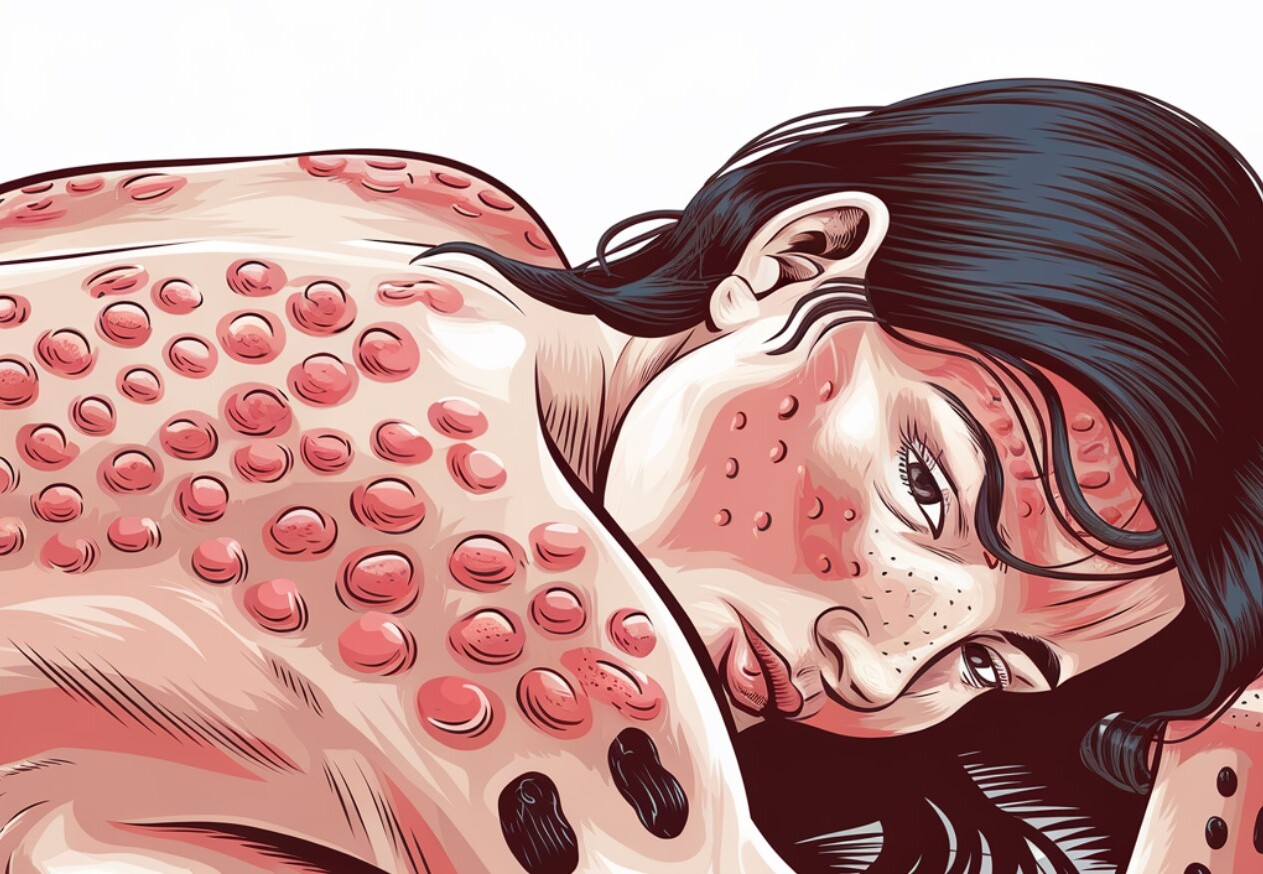
Ramos Arroyo Syndrome is a rare genetic disorder that affects various parts of the body. Characterized by distinctive facial features, developmental delays, and other health issues, this condition can be challenging for families. Understanding the symptoms and causes can help in managing the syndrome better. This article will provide 28 facts about Ramos Arroyo Syndrome, shedding light on its genetic basis, common symptoms, and available treatments. Whether you're a parent, caregiver, or simply curious, these facts aim to offer a comprehensive overview. Let's dive into the world of Ramos Arroyo Syndrome and uncover what makes it unique.
Key Takeaways:
- Ramos Arroyo Syndrome is a rare genetic disorder with physical, cognitive, and health challenges. Early diagnosis and supportive care can improve the quality of life for those affected.
- Families and support groups play a crucial role in managing Ramos Arroyo Syndrome. Access to resources, educational accommodations, and advocacy can make a significant difference in the lives of those affected.
What is Ramos Arroyo Syndrome?
Ramos Arroyo Syndrome is a rare genetic disorder. It affects multiple parts of the body, leading to various physical and developmental challenges. Understanding this condition can help those affected and their families navigate its complexities.
-
Ramos Arroyo Syndrome was first identified in 1988 by Dr. Ramos-Arroyo, a Spanish geneticist.
-
This syndrome is extremely rare, with fewer than 50 cases reported worldwide.
-
It is caused by mutations in the RPS6KA3 gene, which plays a role in cell signaling and growth.
-
The condition is inherited in an X-linked dominant pattern, meaning it primarily affects males, though females can be carriers.
Physical Characteristics
Individuals with Ramos Arroyo Syndrome often exhibit distinct physical traits. These characteristics can vary in severity but are crucial for diagnosis.
-
Microcephaly, or a smaller than average head size, is a common feature.
-
Many affected individuals have distinct facial features, including a broad forehead, wide-set eyes, and a flat nasal bridge.
-
Growth retardation is frequently observed, leading to shorter stature compared to peers.
-
Some patients may have skeletal abnormalities, such as curved spine (scoliosis) or joint issues.
Developmental and Cognitive Impact
Ramos Arroyo Syndrome also affects cognitive and developmental aspects. Early intervention can help manage these challenges.
-
Developmental delays are common, with many children experiencing slower progress in motor skills and speech.
-
Intellectual disability varies but is often present, ranging from mild to severe.
-
Behavioral issues, such as hyperactivity or attention deficits, may occur.
-
Some individuals may have seizures, which require medical management.
Health Complications
Beyond physical and cognitive symptoms, Ramos Arroyo Syndrome can lead to other health complications. Regular medical check-ups are essential.
-
Heart defects are sometimes associated with this syndrome, necessitating cardiac evaluations.
-
Hearing loss can occur, making audiological assessments important.
-
Vision problems, including strabismus (crossed eyes) or refractive errors, are possible.
-
Gastrointestinal issues, such as feeding difficulties or constipation, may be present.
Diagnosis and Testing
Diagnosing Ramos Arroyo Syndrome involves a combination of clinical evaluation and genetic testing. Early diagnosis can improve management strategies.
-
Genetic testing is the definitive method for diagnosing this syndrome, identifying mutations in the RPS6KA3 gene.
-
Clinical evaluations by a geneticist or pediatrician can identify physical and developmental signs.
-
Family history is important, as the syndrome follows an X-linked inheritance pattern.
-
Prenatal testing is available for families with a known history of the syndrome.
Treatment and Management
While there is no cure for Ramos Arroyo Syndrome, various treatments can help manage symptoms and improve quality of life.
-
Early intervention programs can support developmental milestones through therapies like speech and occupational therapy.
-
Medications may be prescribed to manage seizures or behavioral issues.
-
Regular monitoring by a team of specialists, including cardiologists, neurologists, and developmental pediatricians, is crucial.
-
Supportive care, such as special education services and physical therapy, can enhance daily functioning.
Living with Ramos Arroyo Syndrome
Living with Ramos Arroyo Syndrome requires a supportive environment and access to resources. Families play a key role in managing the condition.
-
Support groups and communities can provide emotional support and practical advice.
-
Educational accommodations are often necessary to help children succeed in school.
-
Respite care services can offer families temporary relief from caregiving duties.
-
Advocacy for awareness and research funding is important to improve understanding and treatment of this rare syndrome.
Final Thoughts on Ramos Arroyo Syndrome
Ramos Arroyo Syndrome, though rare, has significant impacts on those affected. Understanding its symptoms, causes, and treatments can help families and healthcare providers offer better support. Genetic counseling plays a crucial role in managing expectations and planning for the future. Early diagnosis and intervention can improve quality of life, making awareness essential.
Research continues to uncover more about this condition, offering hope for new treatments and better management strategies. Staying informed and connected with support groups can provide valuable resources and emotional support. Knowledge empowers families to navigate the challenges of Ramos Arroyo Syndrome with confidence.
By spreading awareness and fostering understanding, we can contribute to a more inclusive and supportive environment for those affected. Let's continue to learn, share, and support each other in this journey.
Frequently Asked Questions
Was this page helpful?
Our commitment to delivering trustworthy and engaging content is at the heart of what we do. Each fact on our site is contributed by real users like you, bringing a wealth of diverse insights and information. To ensure the highest standards of accuracy and reliability, our dedicated editors meticulously review each submission. This process guarantees that the facts we share are not only fascinating but also credible. Trust in our commitment to quality and authenticity as you explore and learn with us.
